-
solutinos
-
Hire
Frontend Developer
Backend Developer
-
NodeJS Developer
-
Java Developer
-
Django Developer
-
Spring Boot Developer
-
Python Developer
-
Golang Developer
-
Ruby on Rails Developer
-
Laravel Developer
-
.NET Developer
Technology
-
Flutter Developer
-
React Native Developer
-
Xamarin Developer
-
Kotlin Developer
-
Cross-Platform Developer
-
Swift Developer
-
MongoDB Developer
-
C Developer
-
Smart Contract Developers
Cloud
-
-
Services
Mobile Development
Web Development
- Work
-
Multi Services App
-
Food Delivery App
-
Grocery Delivery App
-
Taxi Cab Booking App
-
Multi Services App
-
OTT Platform APP
-
Social Media APP
-
Freelance Service App
-
Car Rental App
-
Medicine Delivery App
-
Liquor Delivery App
-
Sports Betting App
-
Online Coupon App
-
eLearning App
-
Logistics & Transportation App
-
Courier Delivery App
-
On-Demand Real Estate App
-
E-Wallet APP
-
Online Dating App
-
Handyman Services App
-
-
Process
-
Company
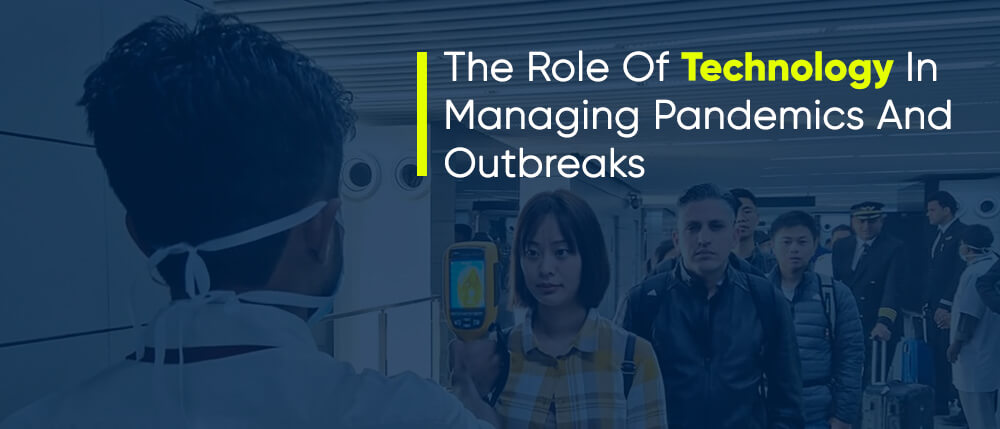
The last few months have been rough. Let’s be honest and admit this. First the Amazon rainforest was on fire for months. Then came the Australian bushfire and now the Covid-19 pandemic. While the forest fires caused horrifying damages to the lungs of the earth and added to the worsening of climate change, the virus outbreak has only made it worse for mankind.
While outbreaks have not been new to us as we’ve witnessed short outbreaks of viruses in the last decade, what’s making it difficult for us is the intensity at which Coronavirus is spreading across the globe.
There were outbreaks of Ebola, which took over 11,000 lives across the globe, swine flu, SARS, Nipah, Zika, dengue and more in the last few years, each causing terrifying outbreaks in different geographic locations.
The Outbreak In Numbers
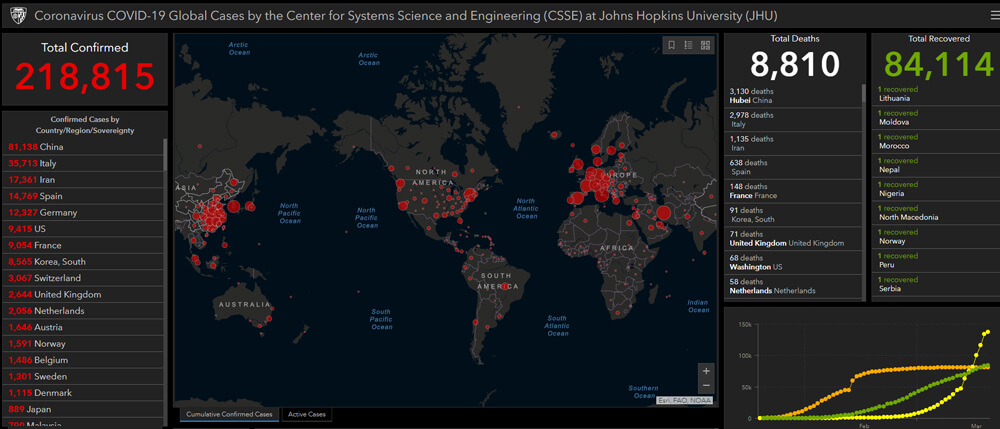
However, the Novel Coronavirus is becoming an increasingly serious pandemic, causing unforeseen consequences throughout the world. As of now, over 204,037 people have been affected by the virus (the numbers, unfortunately, continue to increase) and there have been over 8,231 deaths due to the virus so far. On a slightly better note, over 82,866 (and counting) patients have also recovered from the virus.
Further breaking down the numbers, China and Italy are the countries worst affected by the virus with the total number of cases being 80,894 and 31,506 respectively. Iran, Spain, Germany and South Korea follow Italy with 17,361, 13,716, 10069, and 8413 cases respectively. Even countries with very little contact like Greenland and Bahamas have reported one case each.
These statistics completely sum up how bad of a situation it is currently.
The Global Condition
Over the last few weeks, countries and world leaders have been taking precautionary measures to prevent or restrain the spreading of Coronavirus in their countries. Passengers from the sources of the virus have been screened at airports and anyone with symptoms has been quarantined and treated.
As the intensity of the outbreak kept increasing, major countries such as France, Italy, China, Dubai and others have been under complete lockdown. Airports have been shut and people have been asked to stay inside and avoid unnecessary travel. Developing countries like India have also implemented strict immigration policies and closed airports for entry.
As part of the measures, public gatherings such as events, concerts, tours and others have been canceled. Malls, shopping complex, cinema halls have also been asked to shut indefinitely. The US President has also asked to limit public gathering to 10 or less.
With several countries announcing a national emergency, fear has appeared to spread faster than the virus. People in several developed countries are panic-buying groceries and stocking things up in their homes to be cautious. Items like hand sanitizers, groceries and toilet rolls have been in complete demand ever since.
When it comes to offices and workplaces, companies have asked their employees to work from their homes. With workspaces being one of the most vulnerable places to communicate the diseases, this precaution has been taken not just prevent further outbreak but to ensure smooth productivity as well.
At this time of fear and anxiety, one thing that is turning out to be a blessing in disguise is technology. It would be safe to state that without technology, things would have gotten way worse in terms of viral communication, infection, prevention and containment. There is no doubt that technology is helping us manage pandemics better.
But How?
While we get nervous and anxious about the outbreak, we have to go deeper into the situation and understand better what’s happening around the world. So far, disruptive technologies like data science, artificial intelligence, machine learning and more have only been buzzwords to us or features we only had in our smartphones.
But this outbreak has brought the fact to the limelight that these technologies are capable of much more. From forecasting outbreaks to preventing them, technology has helped us and is still empowering us in tons of different ways.
Let’s look at some of them in detail.
Artificial Intelligence In Tracking And Forecasting Outbreak
Artificial intelligence is all about letting the system learn how to solve complex tasks and processes so it could do them at a rate faster and more accurate than us. When an AI algorithm is exposed to data, it can detect patterns, connect factors and make sense out of the raw chunk of content we feed. They can detect what the human mind or brain can’t. That’s exactly happened when the outbreak became a pandemic.
BlueDot developed an AI that analyzed news reports from over 100,000 resources across 65 diverse languages, government documents, airline data, reports on outbreaks of animal diseases and posts on social media (tons of them) and learned to detect an outbreak.
By understanding patterns and making connections, the company’s AI was able to alert people about the outbreaks. In fact, its accuracy was so precise that the company warned its clients of the outbreak in their regions before WHO or Centres For Diseases Control And Prevention could alert.
Another company called Metabiota pulled off a similar gig when it accurately analyzed and predicted when the virus would infect countries like Japan, South Korea and Taiwan. It did a week before the virus actually infected these countries.
Monitoring Maps
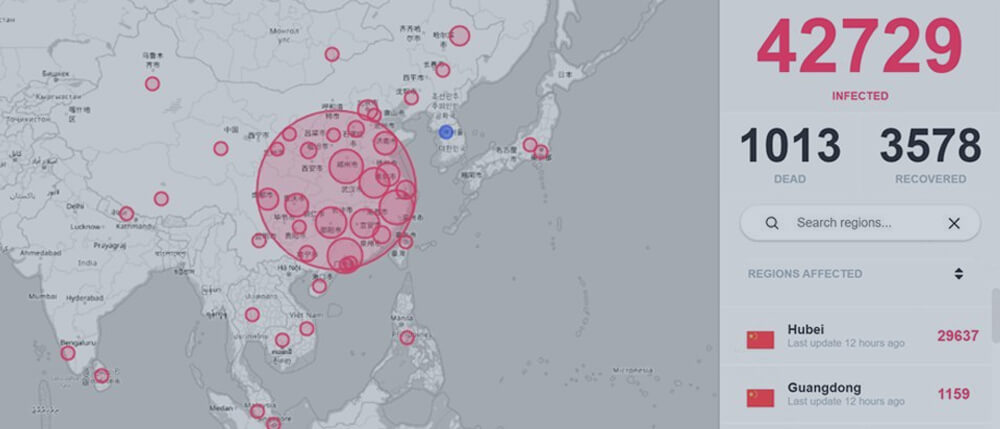
An integral aspect of data science and artificial intelligence is data visualization. This has been put to the best use in times like this by John Hopkins University’s Center For Systems Science And Engineering.
Compiling data from a myriad of resources like CDC, NHC, WHO, China CDC, DXY, US CDC and other crucial sources, the department built a dashboard that visualizes the data fed. The visualization allows us to monitor and track the spreading of the virus, reported cases, deaths and recoveries in real-time on a map. Besides, the portal also allows us to download the data as a spreadsheet.
Detection Technologies
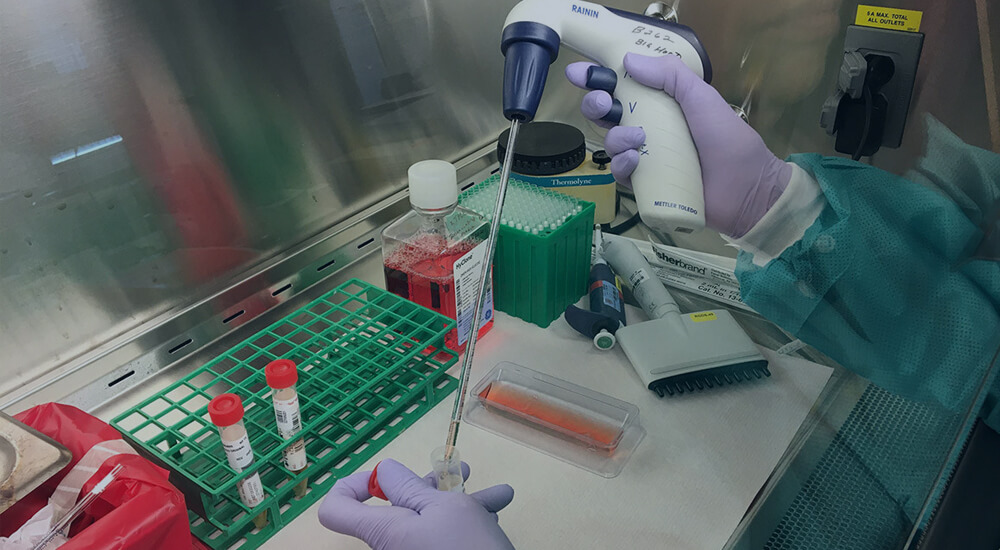
When talking about the role of technology in tackling pandemics and outbreaks, we have to take a moment to acknowledge the evolution of technology over the years. We have come a long way in the last couple of years and the decade.
When another equally deadly pandemic SARS broke out last decade, it took over a year for scientists to sequence the virus’ genome. With the corona outbreak, this was done in one week and soon a diagnostic test was developed.
With the tech progress, scientists no longer have to cultivate viruses for examination. Instead, they could detect the virus from very little amounts of the viral DNA from an infected patient’s blood sample or even spit.
Another significant offering in terms of detection of the virus comes from Singapore, where a company called Veredus Laboratories is developing a portable detection kit. With the kit, the virus can be detected faster especially when hospitals are becoming overcrowded by the day.
3D Printing

Once a buzzword, now 3D printing is used for commercial purposes thanks to the massive adoption by businesses and companies across the globe. At the time of pandemics and disasters, this technology has turned out to be more valuable than ever as they have allowed for the printing of face masks to meet the increasing demands.
That’s not it. Volunteers in Italy have also 3D printed ventilator components to cater to those in need during the Covid-19 crisis. They realized that there was a dire need for the inevitable component and they decided to 3D print them.
Besides this, 3D printing is also being put to good use to come up with niche accessories like hands-free door handle attachment, sanitizer holder and more. What’s more resourceful is that 3D printed quarantine booths have also been set up in Hubei province in China.
The 3D printing community is indeed coming together to contribute in every way it could to help the world tackle the crisis better.
Tackling Fake News
While the internet and social media offer immense advantages in handling crises, they can also be the breeding grounds for fake and unverified news articles and posts. With instant messaging and connectivity being the norm, we have developed this innate urge to share whatever we see, listen or read online with our friends and family.
Now, this practice comes with the consequence that we don’t generally verify the credibility of the news source. At a time where the entire world is facing an emergency, individual responsibility in sharing news and reports becomes key. However, this cannot be completely expected.
That’s why technology is also helping companies and organizations (especially social media companies) tackle the spreading of misinformation and fake news, which to an extent is equally lethal as the virus.
One major initiative rolled out was by Google, where it launched a specific website to tackle the crisis. The website is slated to have all the information one needs to know about the virus and the outbreak from credible resources like WHO and CDC.
Apart from the website, Google has also rolled out features on its search engines and YouTube websites that will allow users to access credible information. For instance, if you search for coronavirus on Google, the search results will feature an SOS notification. Along with this, the results page will also have links to credible websites and maps of infected areas sourced from WHO.
Though the initiative is indeed commendable, it’s also on us to be responsible in sharing news and information about the virus, especially when it comes to its treatment and diagnosis. Unverified actions can also prove to be lethal in times like this.
Tools That Enable Remote Working
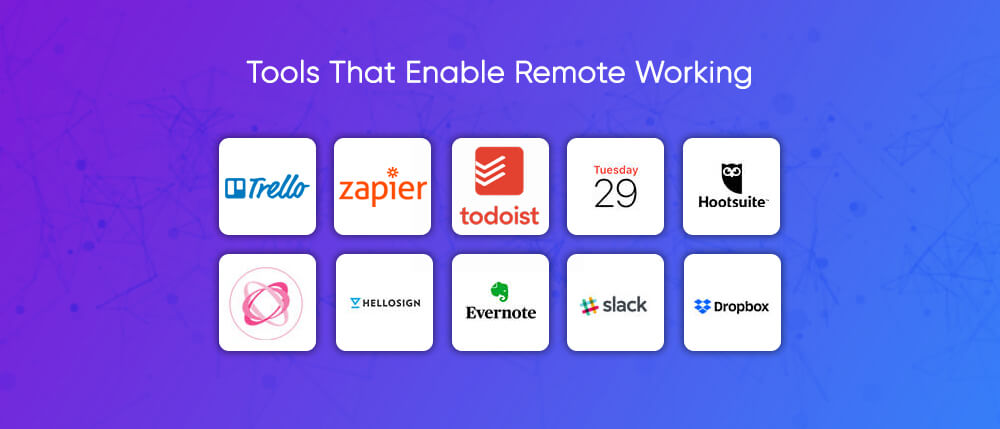
When a global disaster occurs, what gets primarily affected is the livelihood of people. The lives of employed professionals and daily wagers are affected as everything is a dominos effect of consequences.
However, technology has paved the way for a comparatively smoother functioning of organizations and businesses with its myriad of tools and features. Companies that dread the spreading of the virus due to physical presences have communicated with their employees to work from their homes.
Remote working is increasingly becoming mandatory today as the number of cases across geographic locations continue to increase. Some of the busiest areas in the world have become places straight out of dystopian novels as employees are working from the confinements of their homes.
Thanks to the tons of productivity and collaboration tools available, it is easier to ensure no process or workflow gets hampered.
Managing Your Vendor/Partner/Employee From Remote

If you’re running a business or working from home and unsure how to manage your people from remote, here are some solutions you can implement.
Virtual Meetings
You can have your daily physical meetings virtually with the help of video conferencing tools. While Skype is a good option, there are tools like Zoom that are equally good. You could start your day with briefings and team meetings just like how you would do at your workplace.
Collaboration Tools
There are tons of tools for collaboration like Trello, Teamwork and more that will keep your work and deliverables organized for the day and week. On these free tools, you could assign work, track progress, review items, share feedback and do more.
Development Frameworks
One of the other effective solutions is to implement Scrum or Kanban frameworks into your operations. These allow you to be productive at any given point of time without necessarily requiring micromanagement or manager intervention.
Other Solutions
Implement a personal review meeting with your team members every week or alternate days. This would help you track the progress of your projects and let you take corrective measures as and when required. When you’re working with a vendor or a service provider, ask for regular updates or demos about the project you’re getting developed.
While salaried professionals can manage, it’s the right time to engage with the gig economy. Include freelancers and remote workers in your team and utilize this time to make a difference.
Have a group on your local organizational messenger and keep it light over there.
Implement the same work timings like you would in your office and ask for daily updates at the end of the day.
Finally, give people a few days to get acclimatized to the new work situation.
The Show Must Go On
While things are looking really bad right now, there is also a ray of hope somewhere with technology lending a helping hand in such difficult times. Though the media reports of the world coming to a standstill, tons of professionals such as doctors, nurses, sanitation workers, public sector officers, police and safety departments, private professionals are all doing their job in silence to keep the world sustaining.
The lockdown has not allowed companies to shut down completely. Only the workplaces are closed and not the work.
Pandemics like these can be testing but we as humans evolve in times like these. We acknowledge our blessings and start counting them. We rise above our differences and come together as communities and species to help each other out. Of course there are losses involved, but collectively, we are all taking a step towards progress and better days.
We are on the right track.
We will fight this.
We will overcome this.
Better days are almost here.
Peace!
Subscribe to our newsletter
Get our articles, Blogs and case studies directly into your inbox. Your information will be confidential and secure.
